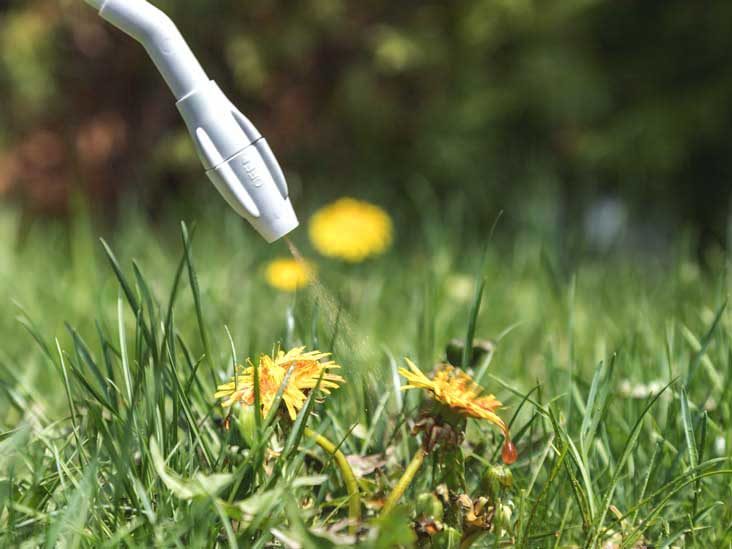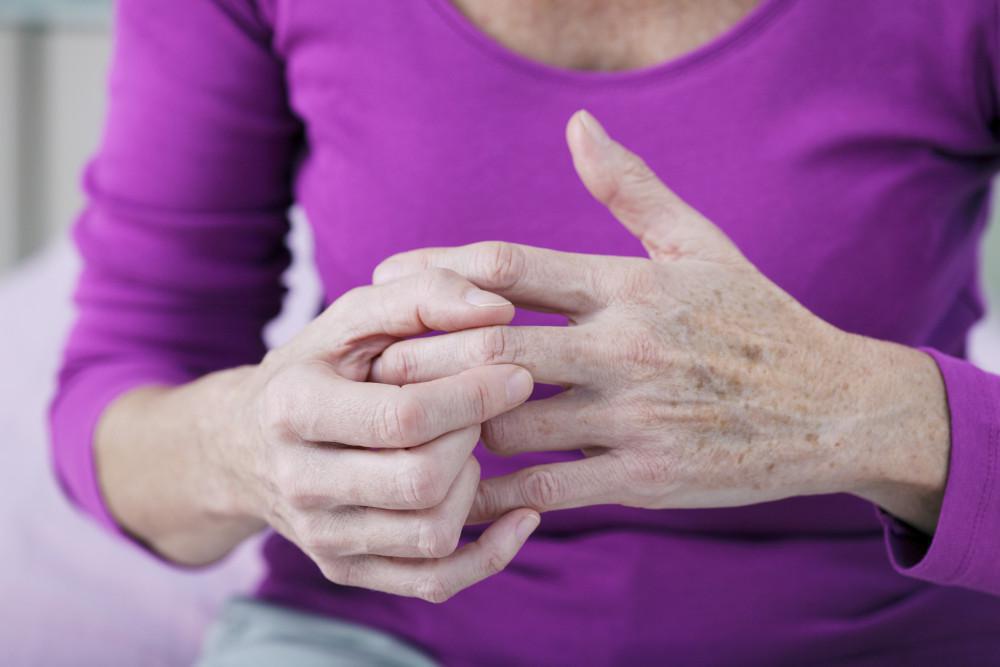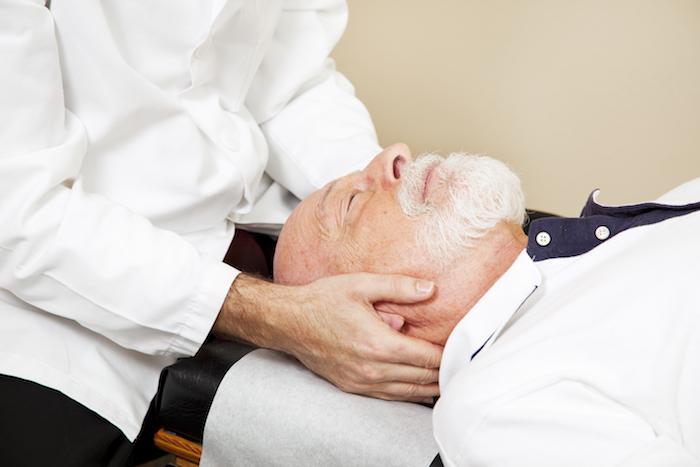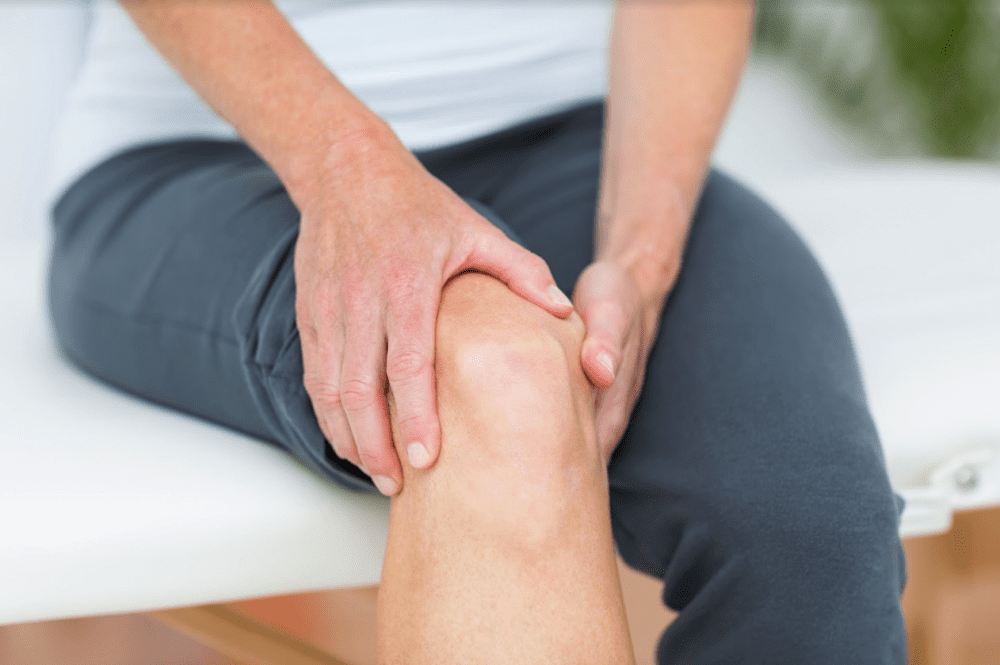Wound healing is a complex process where many cell types interact with one another in order to repair and regenerate damages tissues. While many regenerative agents currently exist in the market to help speed tissue regeneration, they are derived from other human sources and animal byproducts. These naturally create a foreign body reaction when implanted into the host tissues. While most of such biomaterials do certainly favor improved healing, the gold standard for most tissue-regeneration procedures in medicine has been the use of autogenous tissues.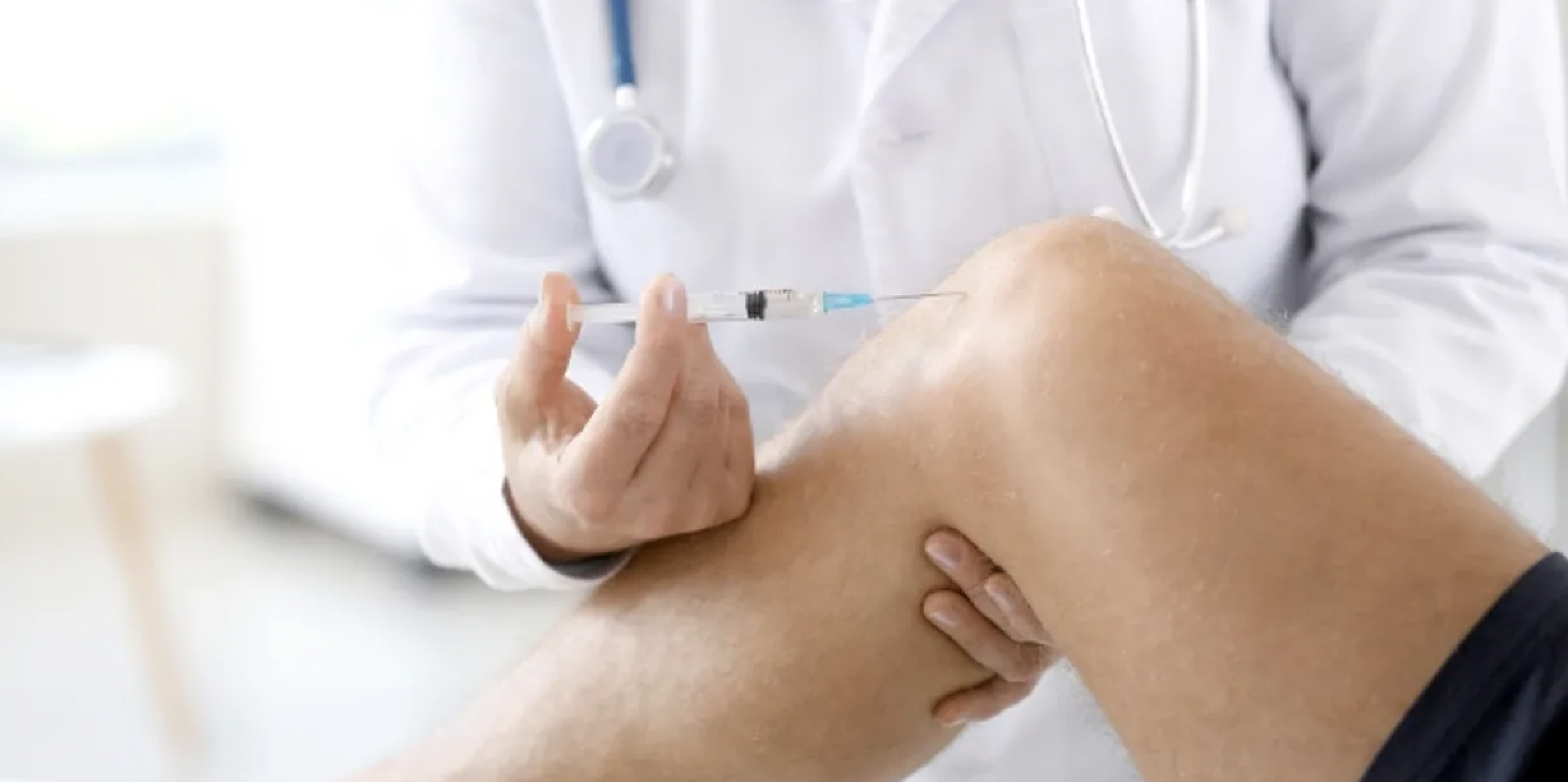
What is PRF?
PRF or platelet rich fibrin is a blood concentrate with growth factors that aid in healing. In order for tissue repair to occur, 3 components are essential and PRF contains all factors. The fibrin serves as a reservoir of growth factors that may be released during a 10-14 day period. Also, leukocytes and platelets attract and recruit future regenerative cells into defected areas to regenerate cells.
How is PRF made?
PRF is made by drawing the patient’s blood and putting it into a centrifuge at a low speed for a small amount of time. The advantage of PRF over its other blood derivatives (PRP) is that the softer and shorter centrifugation allows for fewer growth factors to fall to the bottom in the unused portion. Also, no additives or anti-coagulation is added so it’s 100% autologous, making it safe from allergic reactions.
What are the benefits of PRF?
- Increases collagen
- Rebuilds and repairs tissue
- Promotes healing cascade
FAQ
- When will I see results?Some patients report feeling immediate relief in joints after receiving the injections. However, some of that could be due to having fluid in the joint giving you less friction and pain. As time goes on the fluid may decrease. But, over the next two weeks the PRF continues to work and recruit other growth factors into the matrix.
- How many treatments do I need?Expect to do at least 3 treatments whenever PRF is used.




